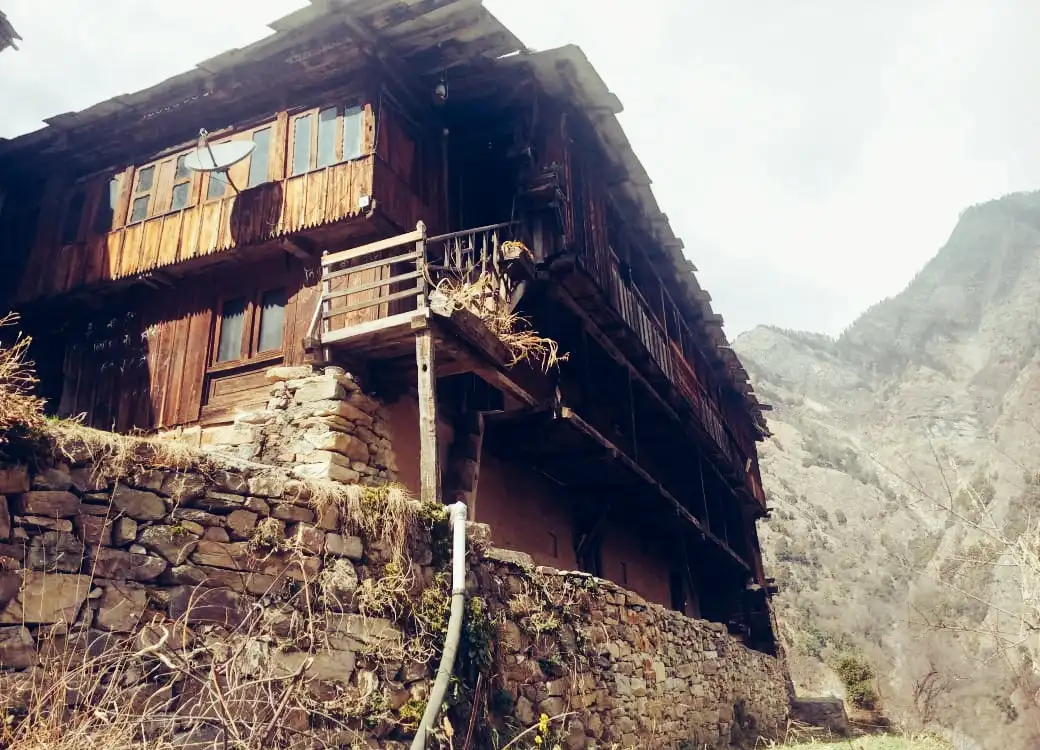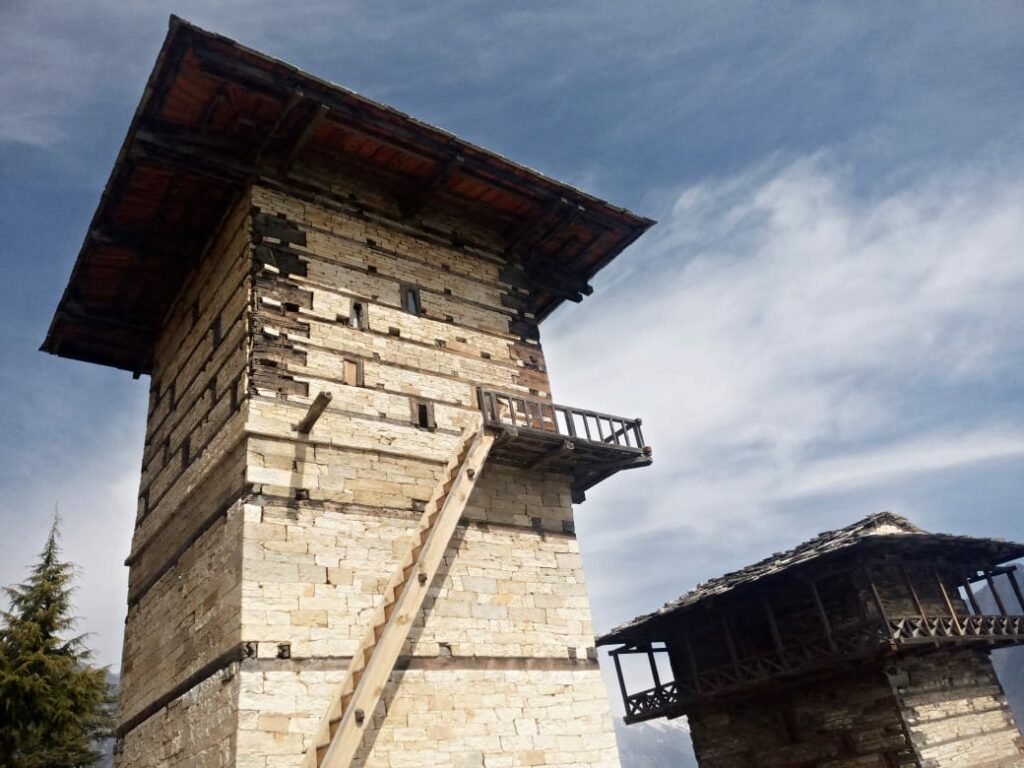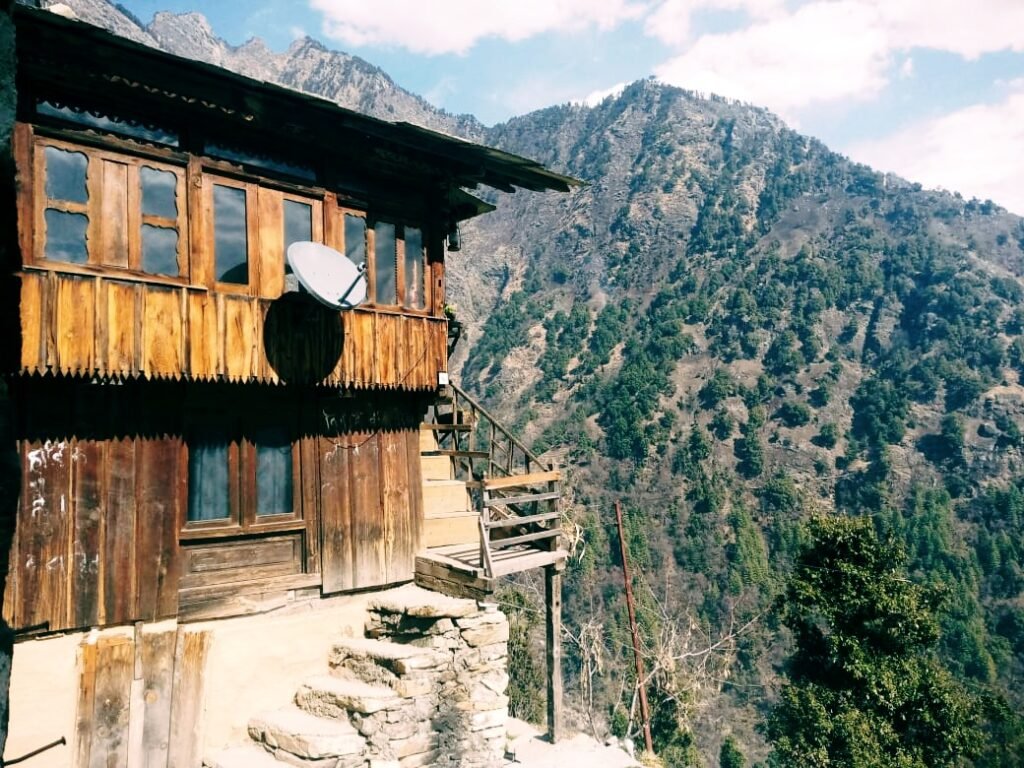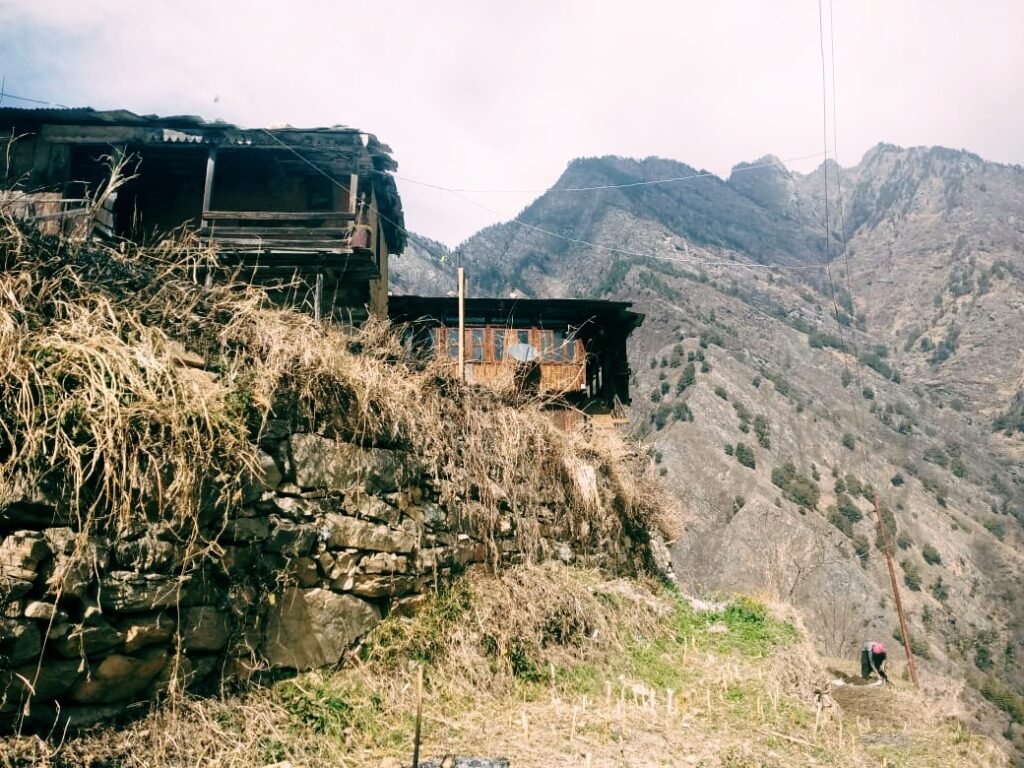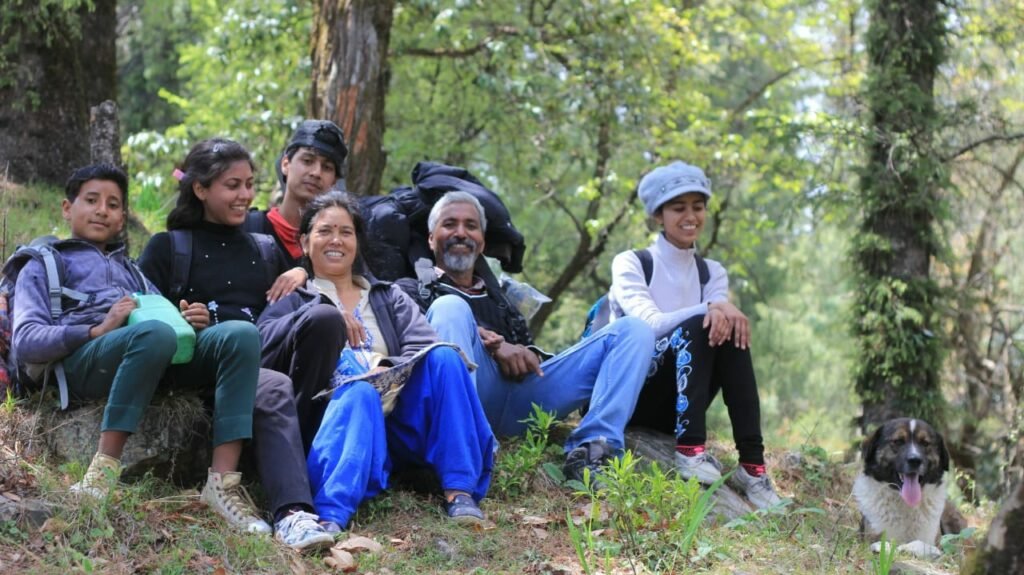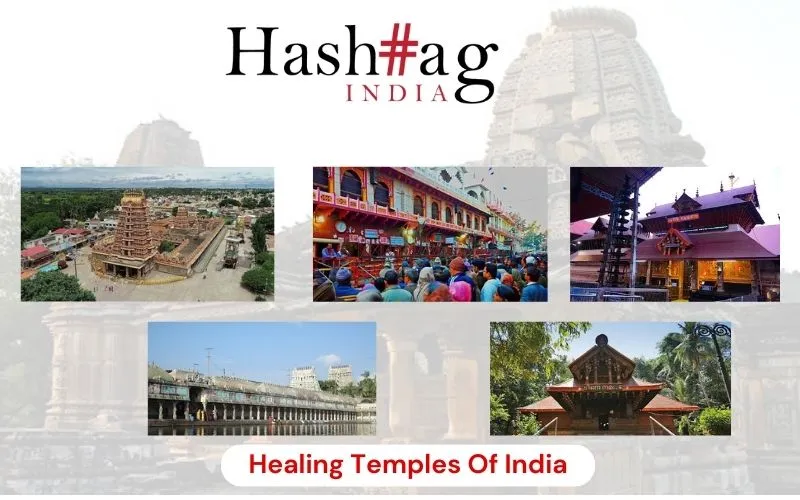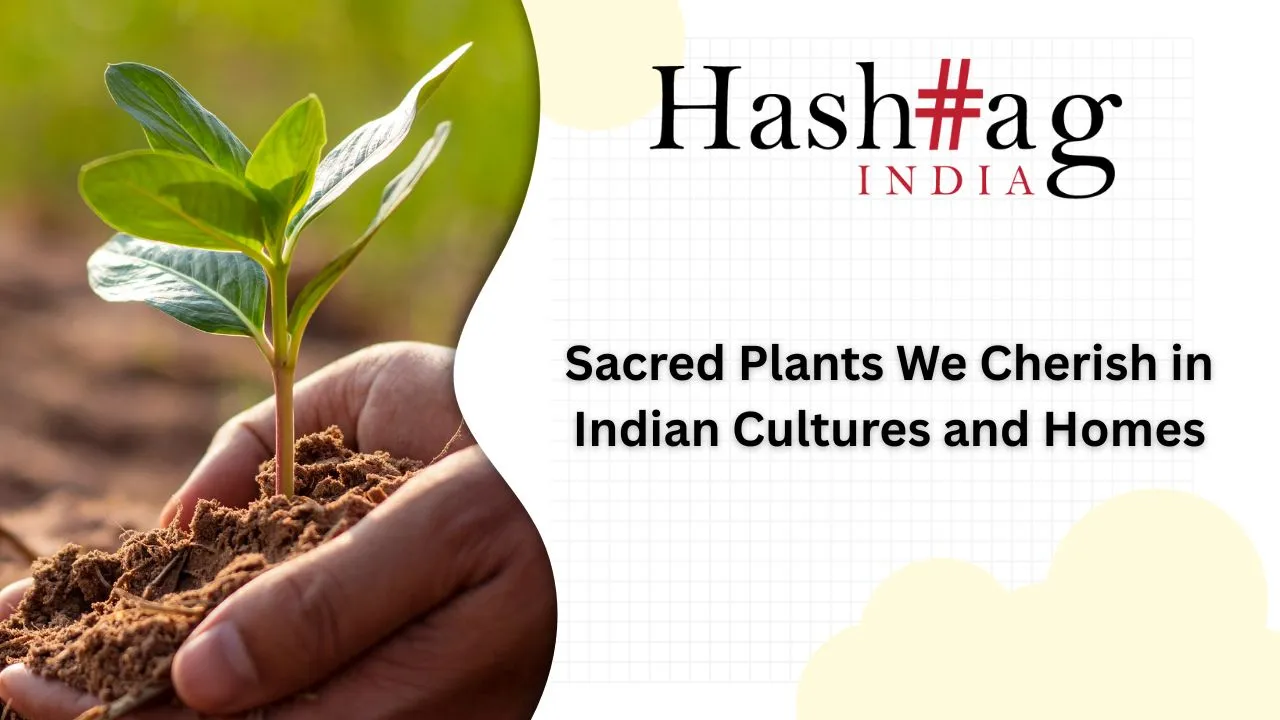Rabbit House Homestay
A 100 year old traditional Himachali house nestled in the lap of Himalayas is now turned into a homestay. Surrounded by mystic tales of Ringu Nag Devta, authentic village cuisine and feels, wonderful treks, Kamtan is the last village at that height which houses one big Indian family. Nikita Biswas and Abhishek Dubey were propelled to pack their bags and leave for Kamtan, the hidden village paradise…
We have been travelling enthusiastically in order to search for hidden and unexplored places, away from the city crowd. Our search ended at the Rabbit House Homestay. Kamtan, a quiet village that’s almost 300 years old, is located uphill near Raila village, Sainj Valley. You might not find a lot of information online about this village.
The Rabbit House Homestay is a 100-year-old structure, constructed in what is commonly known as the Kathkuni built. Kathkuni is an age-old construction art used in Himachal Pradesh. The houses are made up of wood and natural stones dug from the same land.
The human spirit needs places where nature has not been rearranged by the hand of man. When we left bustling Delhi for Kamtan Village, we had no idea about this picturesque location—a place in the wilderness, a community that takes pride in rich culture and folklore. The host is an entire family who possess rich knowledge of tourism and want to hold on to the old school idea of tourism. Honest and welcoming, they emit a warmth that will put you at ease.
At the homestay, we enjoyed the authentic Himachali Siddu with green chutney and oodles of ghee. The host was happy to also share the recipe and we spent time making them together.
This Kamtan family has been actively taking part in multiple treks, hikes and believes that life is incomplete without adventure. Father Vicky, mother Nimmi, and kids Mohit and Anju. Their daughter Sheetal is in Shimla pursuing medicine.
We undertook a short trek to fill water from the nearest natural stream. It definitely gets challenging at times but the view made it worth it. On our way we talked about the Ringu Van and how married women and outsiders are not allowed inside the van. Only males and unmarried ladies are allowed in the Ringu Van on an empty stomach. The forest is considered sacred and under the benevolence of the Lord Ringu Van.
The homestay is a sweet getaway into what almost feels like ancient times and perfect isolation. A quaint place to recharge your batteries and breathe in some fresh air.
Location
The Rabbit House Homestay
Upper Raila, Kamtan Village, Near Sainj Valley
Himachal Pradesh
Cost
- Mixed Dorm – Ranges between Rs.900 to 1200 including meal per day
- Private Room – Ranges between Rs. 1800 to 3000 including meal per day
How to get there
- Take a bus either from Delhi or Chandigarh and reach Aut. From Aut one has to take either a bus to Sainj Valley or a direct to Raila(the last stop). The direct buses from Aut to Raila have only two timings including a 2:45pm and a 3:15pm respectively. If you happen to miss these timings, you can take a bus till Sainj valley and hire a cab till Raila from Sainj Valley.
- You can also choose to take a direct taxi from Aut to Raila which shall typically charge you a Rs. 1500 where as direct bus will cost you a Rs. 80 per person
Things to experience
- A hike to the twin towers
- Multiple treks are available as this place surrounded by The Great Himalayan National park
- Sainj Valley and small trails to look forward to

